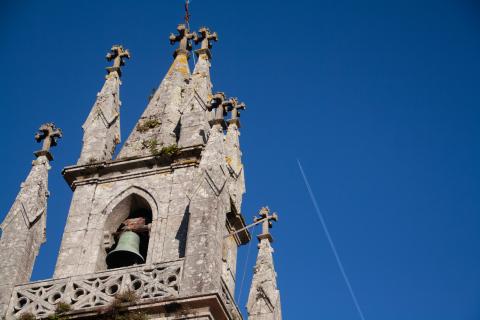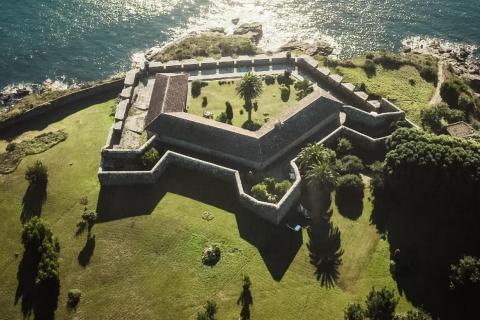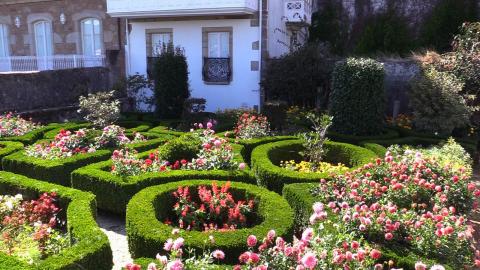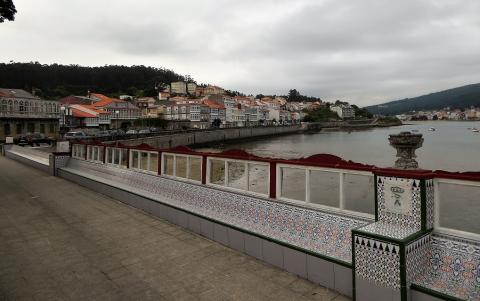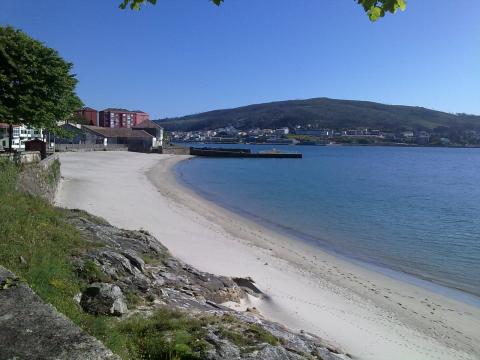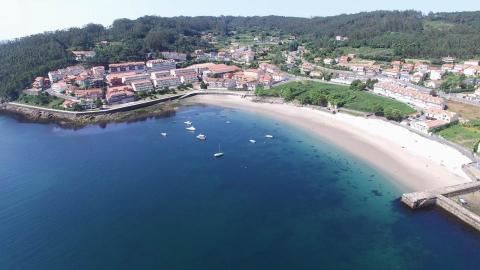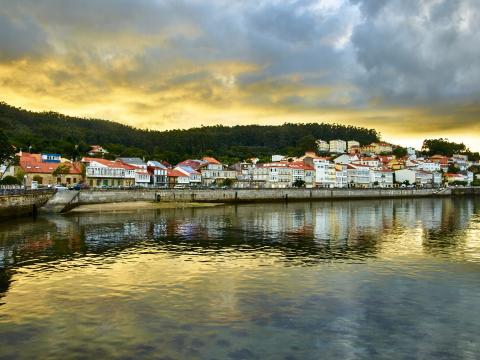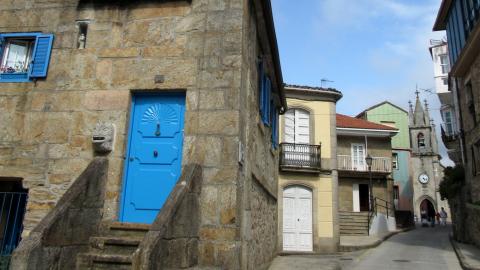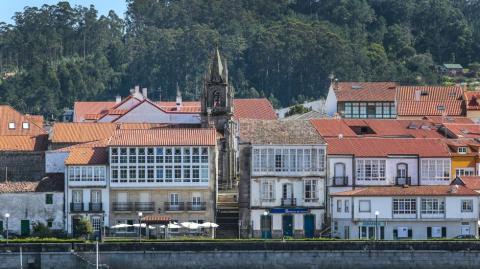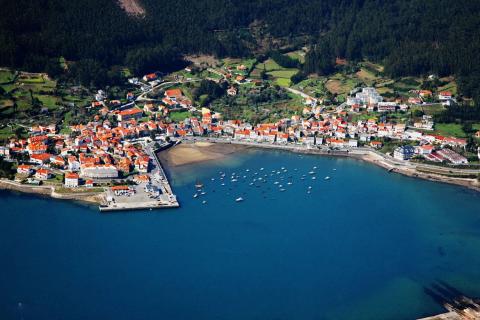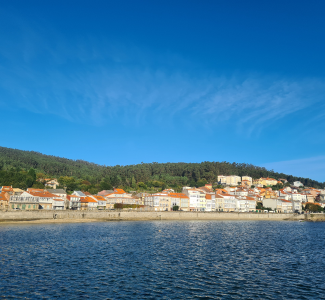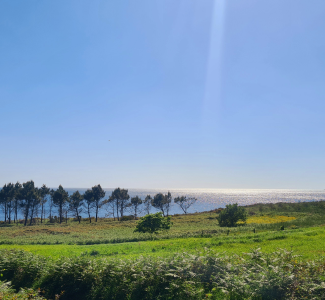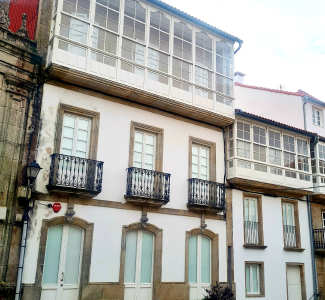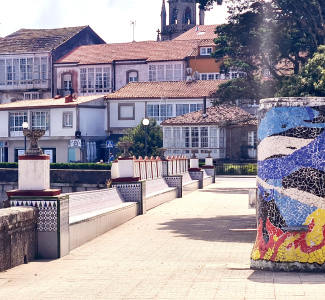What to see in Corcubión
Corcubion, land of calm and bravery
Cultural Heritage
Cultural Heritage
St James’ Way to Fisterra-Muxía
St James’ Way
Today there are many Ways that lead to Santiago de Compostela. Although the first pilgrims in the 10th century went through what is now known as the Northern Route (Camino del Norte), there are other Routes that lead to the tomb of the Saint James Apostle. In Galicia, the Ways through which we can reach Santiago are: the French Way (Camino Francés), the Primitive Way (Camino Primitivo), the Northern Way (Camino del Norte), the English Way (Camino Inglés), the Via de la Plata Way or Southeast Way (Camino del Sudeste), the Portuguese Way (Camino Portugués), the Portuguese Coastal Way (Camino Portugués de la costa), the Winter Way (Camino de Invierno) and the Route of the Arousa Sea and the Ulla River (Ruta del Mar de Arousa y del Río Ulla). In addition to these, we have the Fisterra and Muxía Way, the only stretch that does not end in Santiago, but quite the opposite. In this case the origin is Compostela and the destination are the sanctuaries of Santo Cristo de Fisterra and A Virxe da Barca in Muxía. The reason of the existence of this Way must be looked for in the pre-Christian roots that considered that this route led to the western end of the known world, to the place where the sun disappeared, that's why Costa da Morte receives, precisely, that name (Coast of Death), for being the coast of the death of the sun, or for being where it ended, where the known land "died".
It is worth mentioning that, at least since the High Middle Ages, the finis terrae appears in the Jacobean tradition. The proof is found in the Codex Calixtinus (12th century), which includes it among the places where the body of the Apostle was transferred to Galicia. This will motivate the construction of Santo Cristo de Fisterra Sanctuary. The same happened with the Virxe da Barca Sanctuary, in Muxía, considering this place as the most extreme one where the Apostle arrived preaching, the reason why Our Lady appeared to him in a stone boat to encourage him in his preaching. These facts made both sanctuaries become a place of pilgrimage after visiting the tomb of the Apostle in Santiago de Compostela.
The large number of European pilgrims and travellers who arrived to Fisterra and Muxía from Santiago showed the strong mystic and magic tradition of the place. This attraction is still alive today, because the Way to Fisterra and Muxía is the second most crowded Jacobean itinerary after the French Way but, even so, the Church does not recognize it as a Jacobean Route because its destination is not Santiago, so the Compostela document is not dispensed for its realization.

